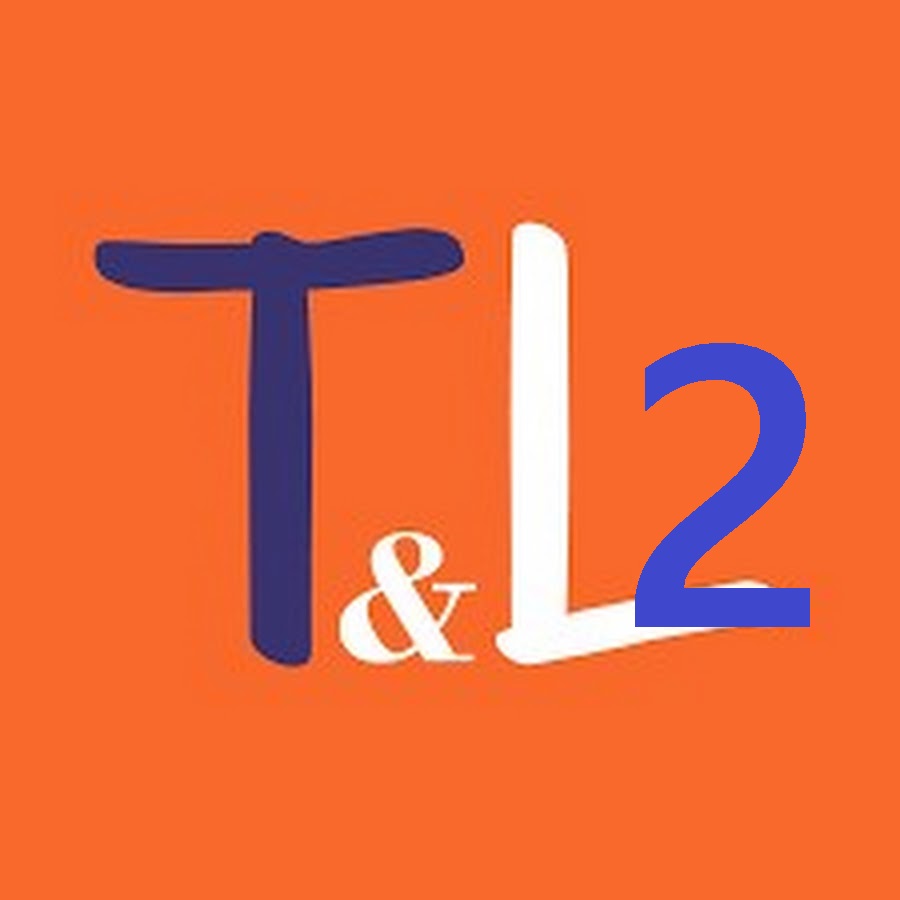How to turn $5 into $650 in 2 hours? Think outside the box and take it as a challenge!
In the halls of Stanford University, an experiment was conducted that may seem simple in concept, but it turned the concept of entrepreneurship upside down. With just five dollars, a limited amount of time, and a room full of bright minds, Professor Tina Seelig embarked on a challenge that redefined students' thinking about value, resources, and strategy. How to turn $5 into $650 in 2 hours? This is the challenge.
What is the $5 challenge?
In an entrepreneurship class at Stanford University, students were given a unique exercise. Professor Tina Seelig handed each team an envelope containing $5 and gave them a simple but thought-provoking challenge: “Increase this amount in two hours and then share your technique in a three-minute presentation.”
The majority of teams chose traditional methods, such as using their $5 to fund a lemonade stand or purchasing a lottery ticket. But the return on profits for these teams is good.
Successful teams considered $5 to be of little value, and often decided not to use it. Instead, they turned their minds to a bigger question: “How can we raise money starting from scratch?” One of their most notable strategies was to book appointments at locally popular restaurants and then sell those appointments to people who wanted to avoid waiting lines.
However, the winning team took a different approach. Realizing that $5 and a two-hour time limit were not the most important thing in the challenge, they saw that their most valuable asset was the valuable time allotted for their three-minute presentation to the Stanford students. Thanks to this analysis, they took advantage of this opportunity and sold the show time to a company that wanted to hire university students, making $650.
Results
The results of the challenge varied clearly between the teams. While some teams have achieved meager returns, teams that think more outside the box have achieved high returns. Overall, teams were able to get an estimated return of 400% on their $5. But teams that chose not to use the $5 from the beginning have seen infinite returns thanks to their innovation and smart investment of time.
Think outside the box!
The challenge emphasized the distinction between tactics and strategy. Many students got lost in the tactical use of the $5, and lost sight of the broader strategic goal. This reflects the philosophy of the art of war: “Tactics without strategy are the noise before defeat.”
The challenge challenges us to take a fresh look at problems, shifting the focus from “what” we do to “why” we do it. This change in perspective often reveals opportunities that were hidden.
Simply put, the Five Dollar Challenge provided a lesson for students (and one we can learn from) about the importance of questioning habitual limitations and appreciating resources we can't see. He points out that success in entrepreneurship is not only about the resources you have, but how you look at the world and exploit the opportunities that appear before you.
The contrasting results of Selig's experiment underscore the difference between ordinary and creative strategies. It serves as a lesson to budding entrepreneurs that sometimes, the best results come not from the most obvious assets but from rethinking and taking advantage of hidden opportunities.

